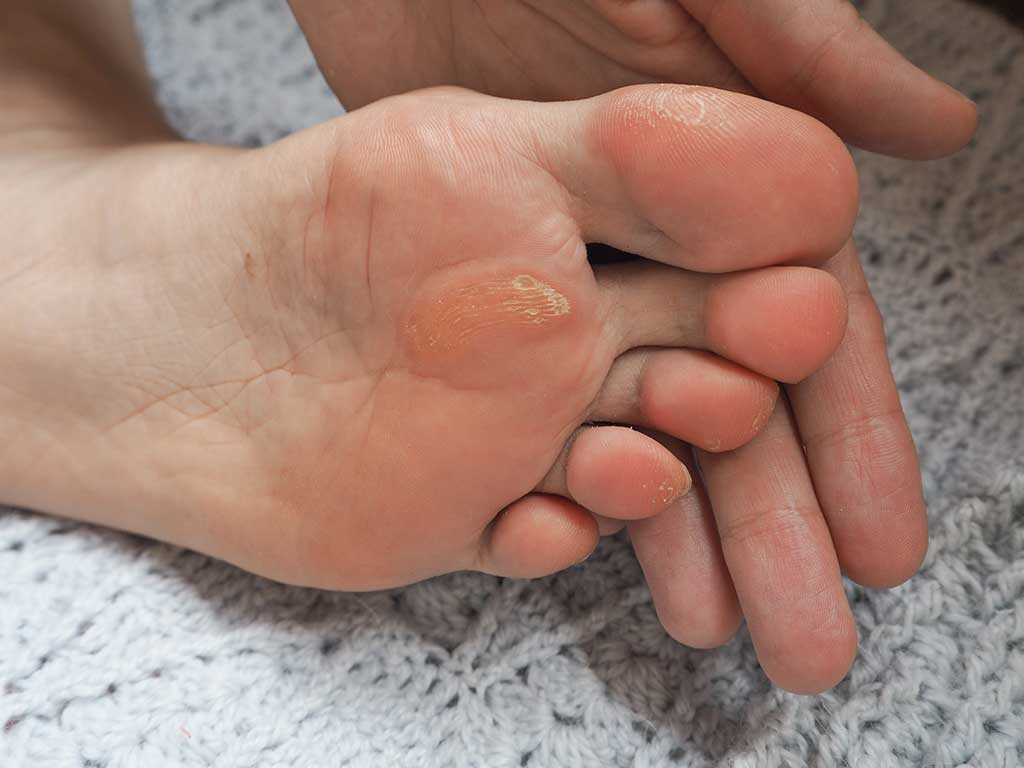
Corns and Calluses Removal and Treatment Foot And Ankle
A 'soft corn' (heloma molle) is a corn where the surface skin is damp and peeling, for example between toes that are squashed together. A callus (tyloma) is painless. What causes corns and calluses? Corns and calluses are caused by response to friction and pressure. Repetitive injury results in the skin trying to protect itself from blistering.
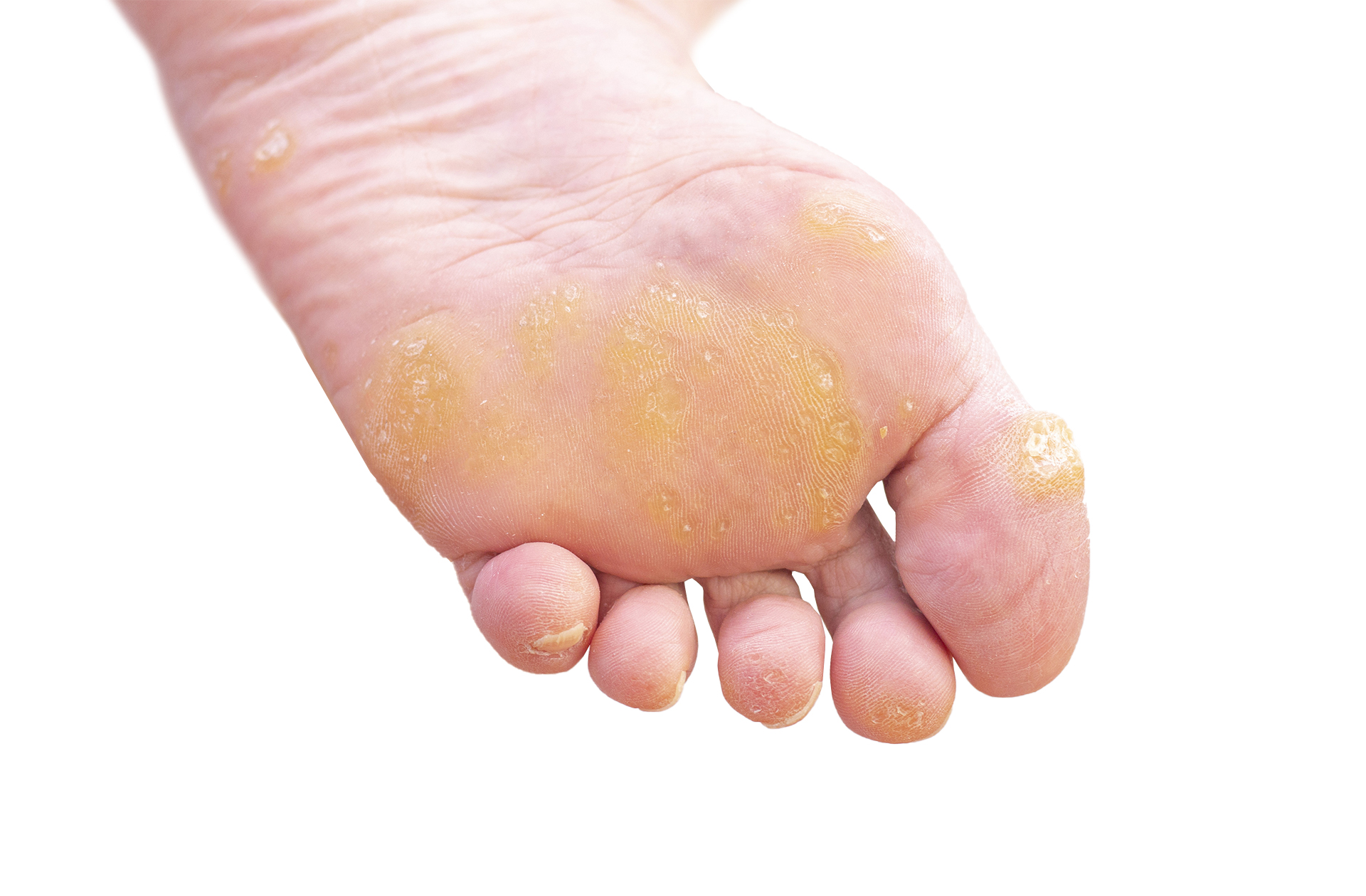
Corns & Callus What Are They & How Do We Treat The Healthcare Hub
If a podiatrist or orthopedist thinks your corn or callus is caused by abnormal foot structure, walking motion, or hip rotation, orthopedic shoe inserts or surgery to correct foot deformities.

Corns and Calluses Brampton Foot Clinic
A seed corn is a tiny, discrete callus that can be very tender if it's on a weight -bearing part of the foot. Seed corns tend to occur on the bottom of the feet, and some doctors believe this.

Corns and Calluses Treatment — Santa Maria Podiatry Clinic
A callus (tyloma) is an area of skin that thickens after exposure to repetitive frictional forces in order to protect the skin. A corn is a smaller type of callus that commonly develops on top of, and between, toes. Corns are separated into soft and hard corns. Both calluses and corns may or may not be painful.
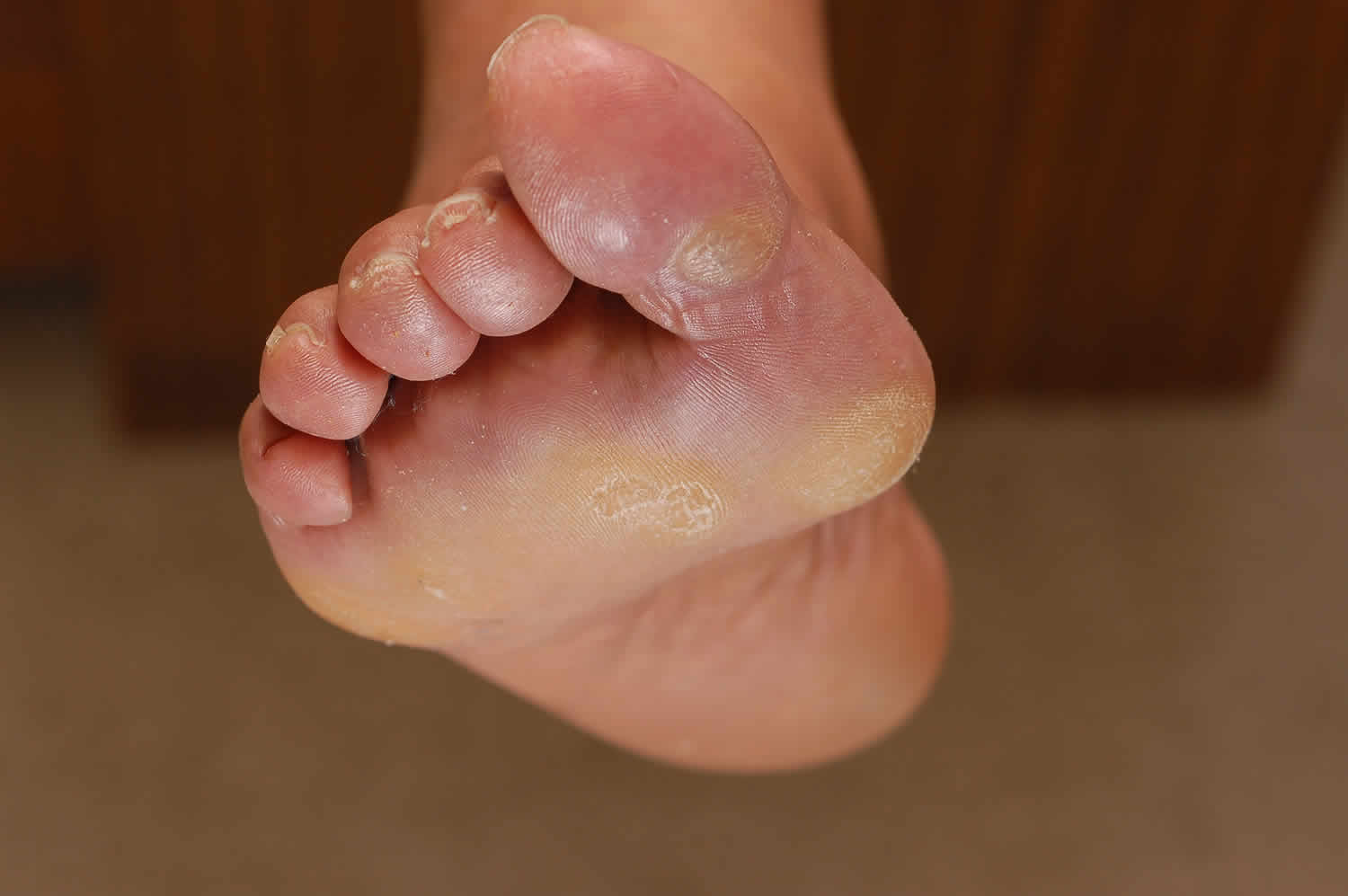
Corns and calluses on feet and learn how to get rid of corns and calluses
Additional Conditions Picture of Corns and Calluses Corns: Corns generally occur on the tops and sides of the toes. A hard corn is a small patch of thickened, dead skin with a packed center. A soft corn has a much thinner surface and usually occurs between the 4th and 5th toes.
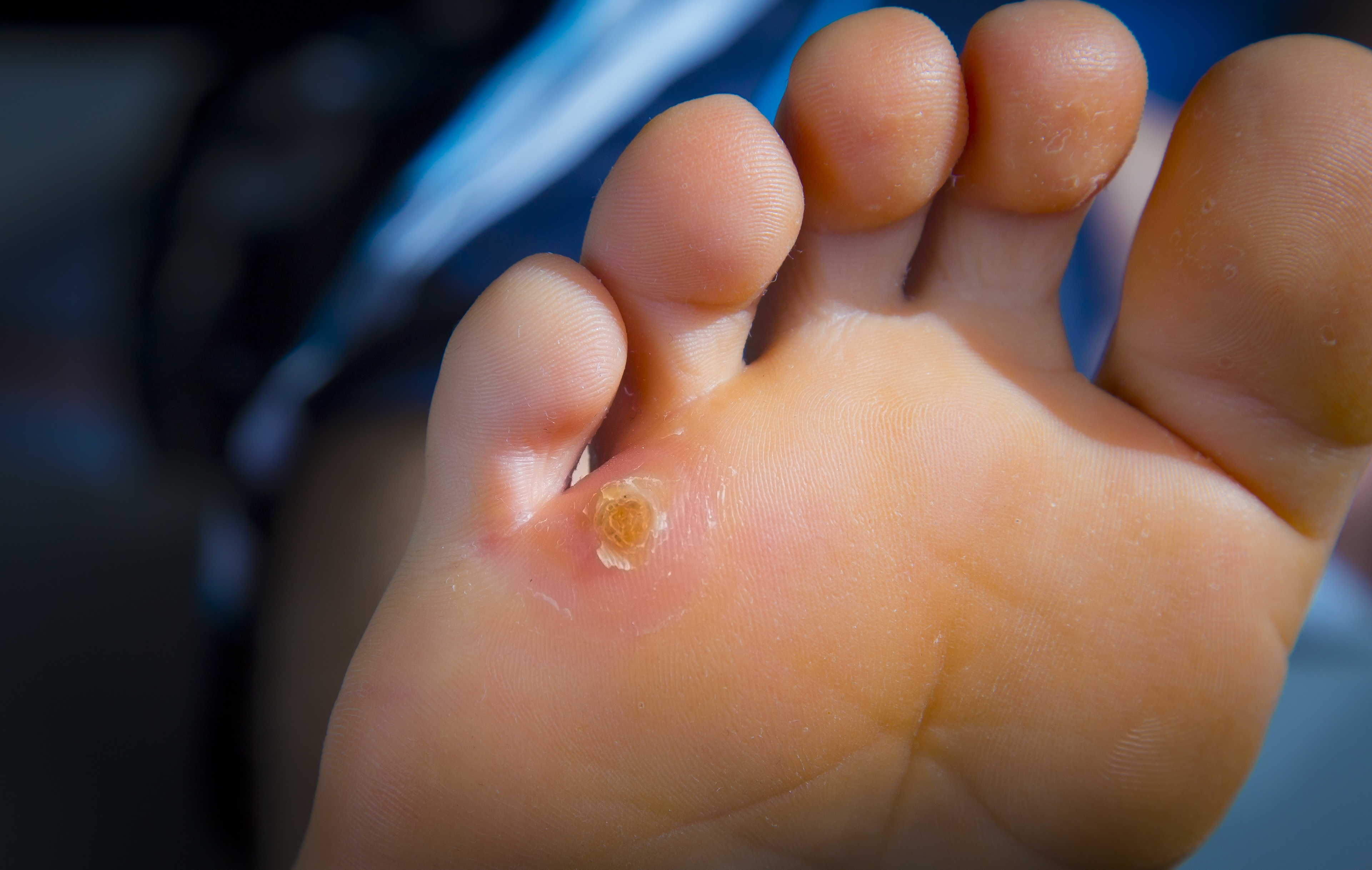
What Is A Foot Callus? Canyon Oaks Fresno Podiatry Fresno Podiatrist
Calluses Enlarge image Signs and symptoms of corns and calluses include: A thick, rough area of skin A hardened, raised bump Tenderness or pain under the skin Flaky, dry or waxy skin Corns and calluses are not the same thing. Corns are smaller and deeper than calluses and have a hard center surrounded by swollen skin.

Corns and Calluses Brampton Foot Clinic
Blisters, Corns, Calluses, and Your Skin. Medically Reviewed by Debra Jaliman, MD on September 15, 2023.. Pictures and symptoms of the red, scaly rash. Skin Infections. What you should know.

Corns and calluses Morecroft's Podiatry Services, Lilydale
Corns, also known as helomas or clavi, sometimes have a dry, waxy, or translucent appearance. A callus is also known as a tyloma. Corns and calluses occur on parts of the feet and sometimes the fingers. Corns are often painful, even when they are small. Common locations for corns include:
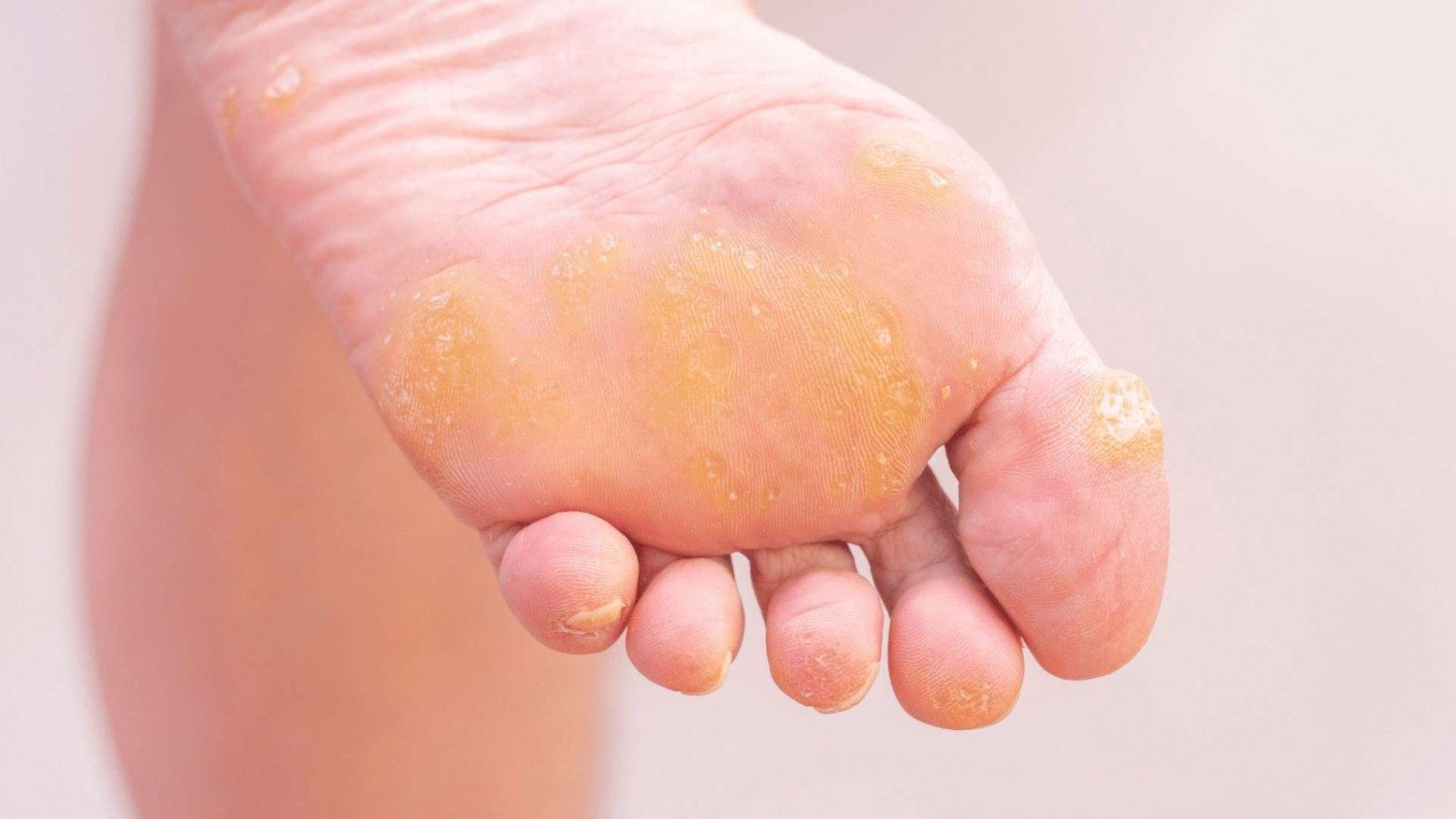
Corns & Calluses Causes, Symptoms & Treatment The Feet People Podiatry
A person who is qualified to diagnose and treat foot disorders (a podiatrist) can cut away (pare) corns and calluses and can advise on footwear, shoe inserts and padding to prevent recurrences. What are corns? What are calluses? What causes corns and calluses? How to get rid of corns on feet Treatments for corns and calluses
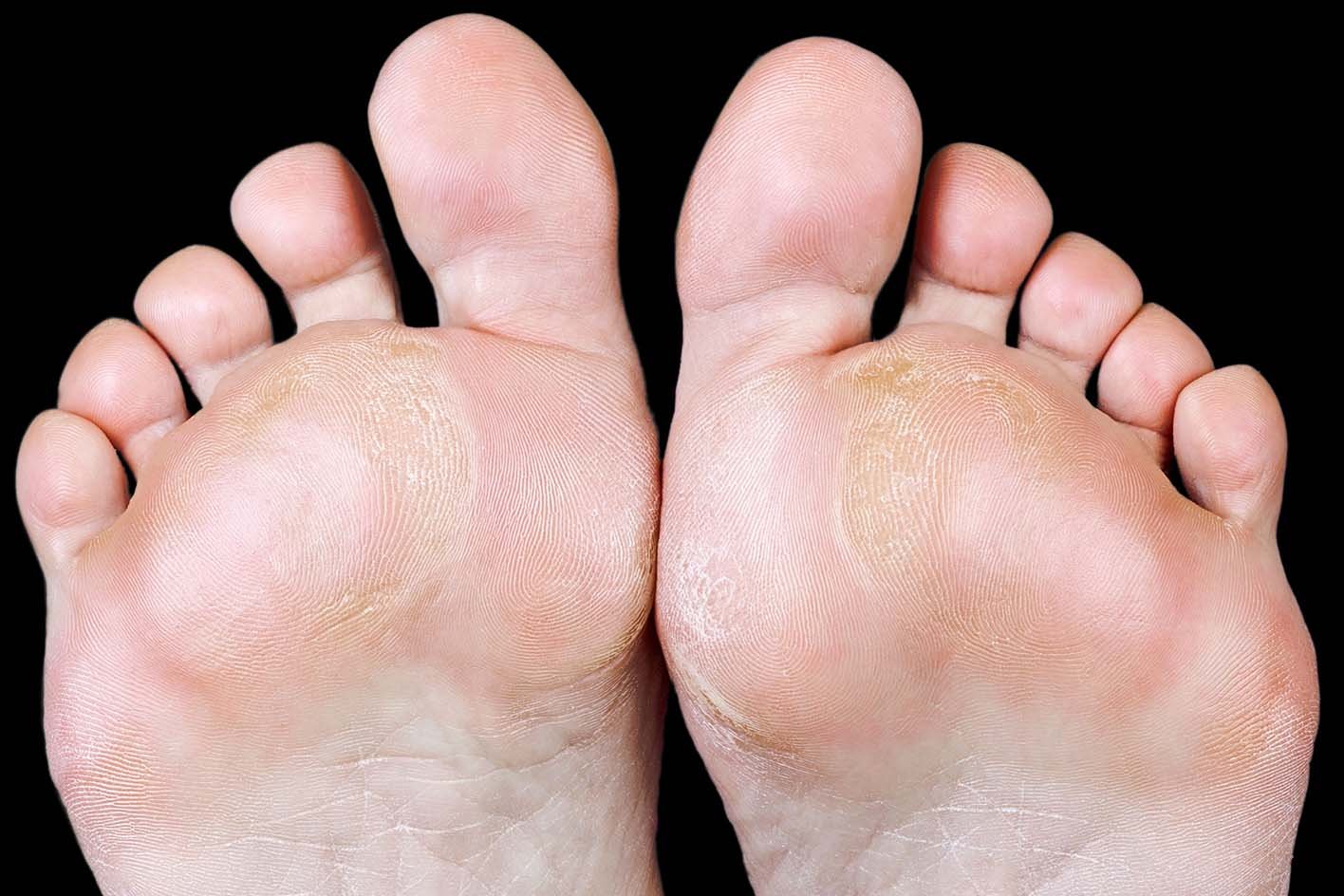
Corns and calluses NHS
Some ways to help distinguish a callus from a corn include: Size. Calluses are typically larger than corns, especially seed corns. Shape. While seed corns (and other types of corns).

All About Corns and Calluses Beauchamp Foot Care Beauchamp Foot Care
A corn is a thickened overgrowth of dead skin that usually appears on the tops or the sides of toes. A corn may be soft or hard. Some corns appear on the bottom of the feet. Corns here may develop due to blocked sweat glands. Calluses are thickened patches of skin that may develop on skin areas experiencing friction, like the hands or feet.
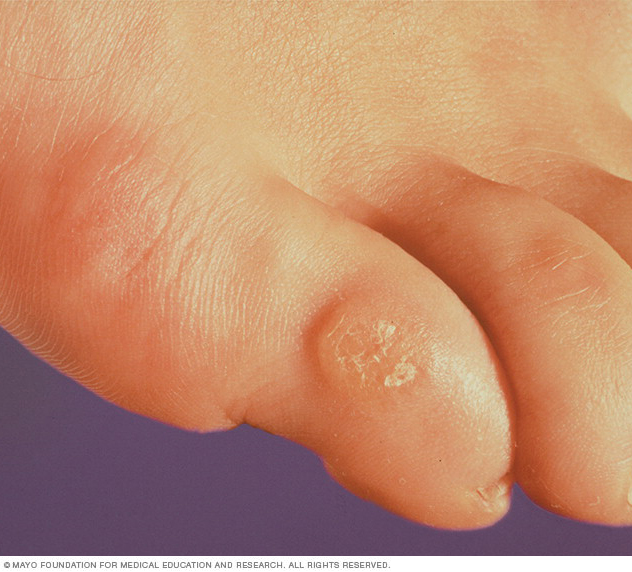
Corns and calluses Disease Reference Guide
Corns and calluses are hard, thickened areas of skin that form as a result of friction or pressure on the skin. Corns and calluses develop naturally to help protect the skin underneath them. To treat corns and calluses, dermatologists recommend the following tips.
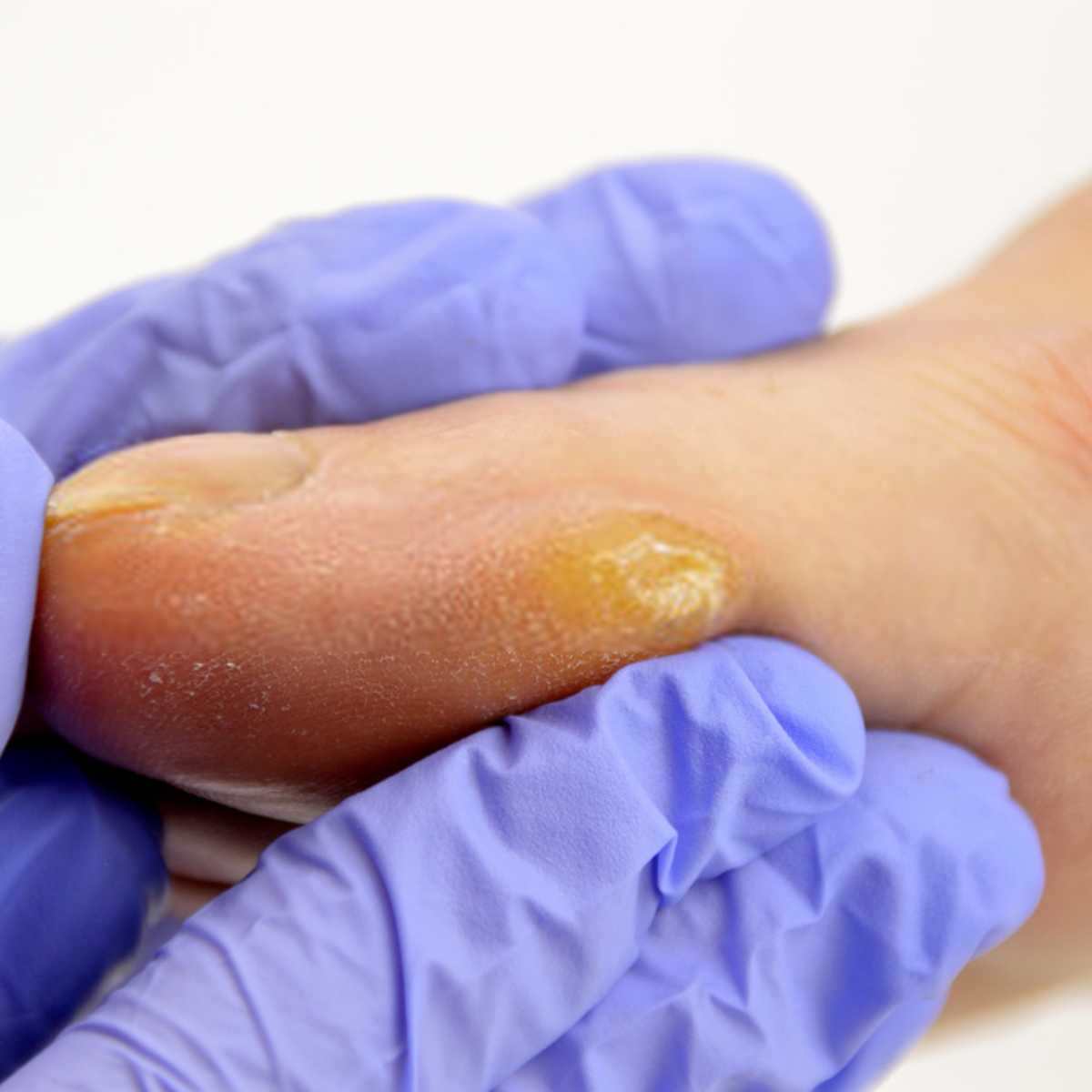
CALLUS & CORNS Step Relief Podiatry
Summary. Corns and calluses are caused by pressure or friction on your skin. They often appear on feet where the bony parts of your feet rub against your shoes. Corns usually appear on the tops or sides of toes while calluses form on the soles of feet. Calluses also can appear on hands or other areas that are rubbed or pressed.
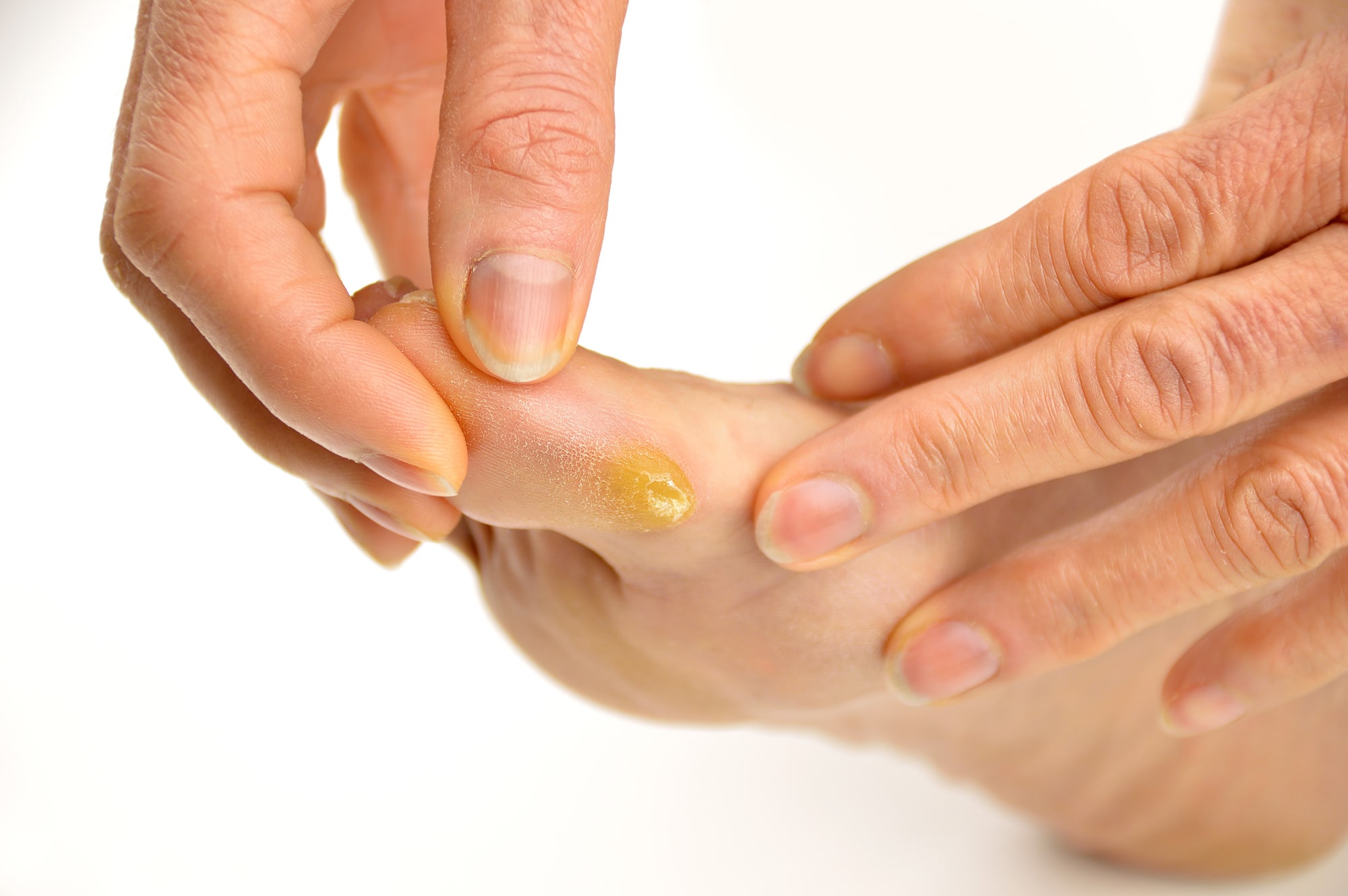
Corns and Callus Andover Podiatry Clinic
Corns and calluses are patches of hard, thickened skin. They can develop anywhere on your body, but they typically appear on your feet. Corns are small, round circles of thick skin. You're most.
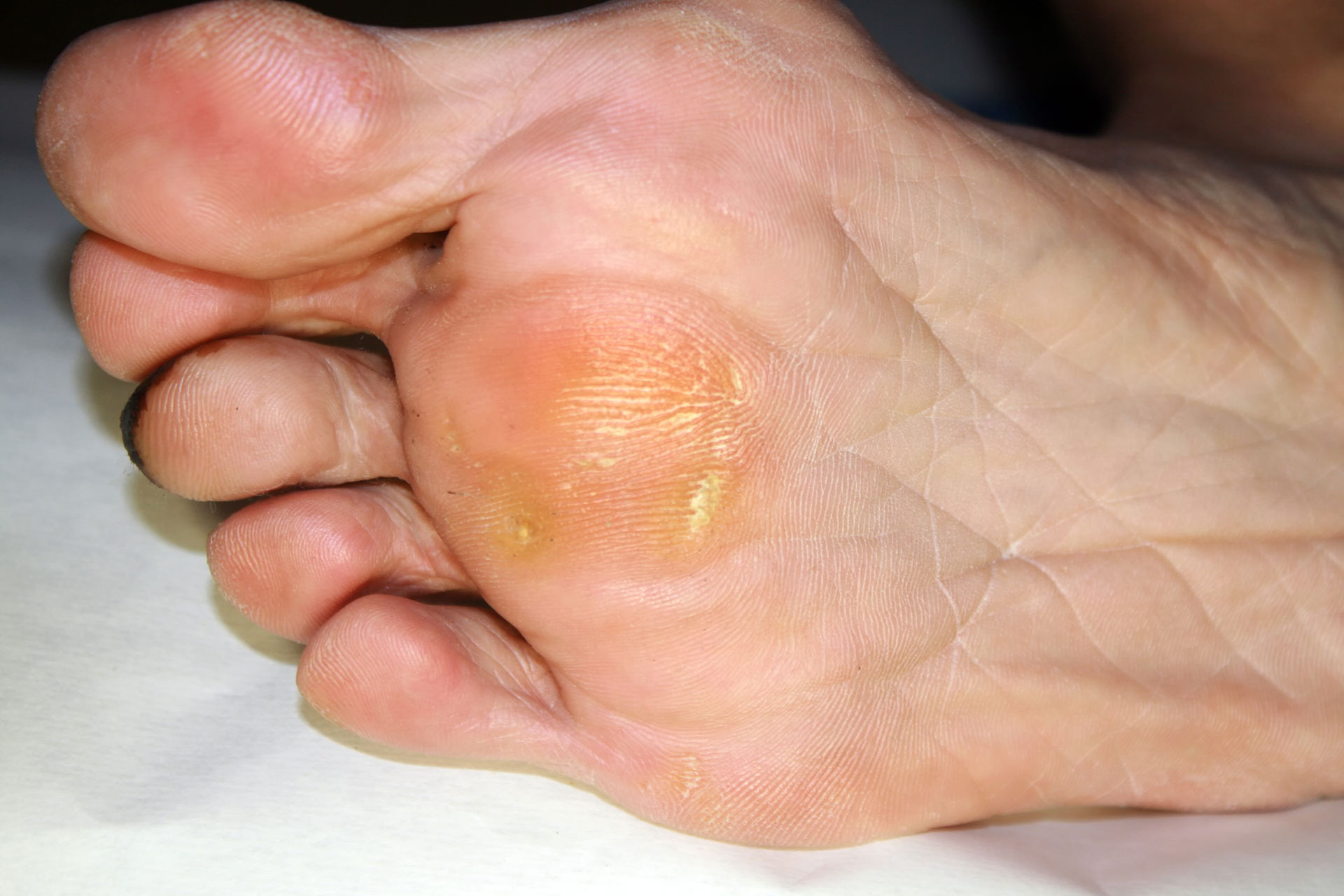
All You Need to Know About Painful Corns & Callous Procare Podiatric
A foot corn —or clavus—is a type of callus. It is an area of thickened skin that forms to protect your foot from constant pressure or rubbing. The steady irritation promotes the growth of tougher cells that grow to protect the problem area. Foot corns tend to appear on: Your toes. The tops of your feet.

Callus & Corn What Are They & What Can I Do? Watsonia Podiatry
Published on June 14, 2023 Medically reviewed by Adam H. Kaplan, DPM Table of Contents Symptoms Causes Removal When to Seek Care Corns and calluses are thickened areas of skin that can be painful. They occur from friction and pressure on the skin. Corns are located on the feet and hands and are caused by bone pressure against the skin.